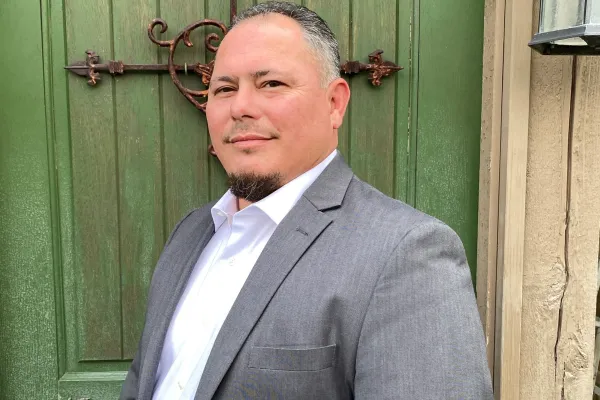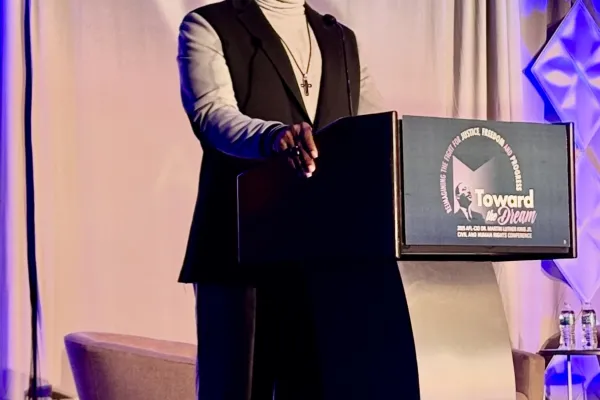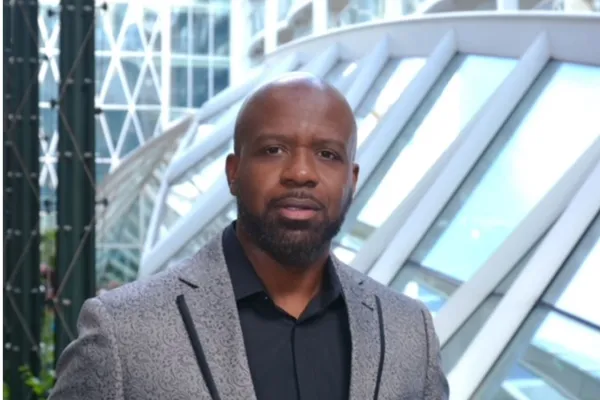About Us
The Communications Workers of America represents 700,000 workers in private and public sector employment in the United States, Canada and Puerto Rico. CWA members work in telecommunications and information technology, the airline industry, news media, broadcast and cable television, education, health care and public service, law enforcement, manufacturing and other fields.
Who are Union Members?
There are over 60 unions representing over 14 million workers throughout the country.
No matter what work you do, there’s a union that represents your work. Teachers and miners, firefighters and farm workers, bakers and engineers, pilots and public employees, doctors and nurses, patients and plumbers, bus drivers, office workers and computer professionals are all union members.
How do Unions Work?
A labor or trade union is an organization of workers dedicated to protecting members’ interests and improving wages, hours and working conditions for all. No matter what you do for a living, there's a union with members who do the same thing. Unions represent:
- mechanics,
- teachers,
- factory workers,
- office workers,
- actors,
- musicians,
- police officers,
- construction workers,
- airline pilots,
- janitors,
- plumbers,
- doctors,
- pharmacists,
- IT/computer professionals,
- government workers at all levels,
- engineers,
- writers,
- nurses,
- and many more types of workers.
Here’s How Unions Work to Make America Strong
Unions work like a democracy. They hold elections for officers who make decisions on behalf of members.
A local union is a locally-based group of workers with a charter from a national or international union such as the Service Employees International Union (SEIU) or United Auto Workers (UAW). A local may include workers from the same company or region. It may also have workers from the same business sector, employed by different companies.
Did you know there are over 60 national/international unions that represent millions of workers across America and Canada? See a list of AFL-CIO-affiliated unions here and a list of Change-to-Win unions here. And be sure to check out the AFL-CIO site for more information on the labor movement. 1. It starts with the formation of a bargaining unit. This is a group represented by a union for dealing with an employer. This group of workers must either be voluntarily recognized by their employer, or a majority of workers in the bargaining unit must vote for representation.
It is legal for employers to try to persuade employees not to unionize. However, it is illegal for an employer to prevent employees from unionizing through threats, violence, and other coercive action. It is also illegal for unions to use lies or threats of violence to intimidate employees into joining.
2. An employer is required by law to bargain in good faith with a union, although an employer is not required to agree to any particular terms. Once an agreement is reached through negotiations, a collective bargaining agreement (CBA) is signed. A CBA is a negotiated agreement between a labor union and an employer that sets terms of employment for members of that union including wages, hours, conditions, vacation, sick days, and benefits.
3. After a CBA is signed, an employer can’t change details of the agreement without the union representative’s approval. The CBA lasts for a set period of time with the union monitoring to assure the employer abides by the contract. If a union believes an employer has breached the CBA, the union can file a grievance, which may be resolved through arbitration. To learn more about collective bargaining and how unions work, visit CollectiveBargainingFacts.com.
4. As with many other organizations, union costs are paid by member dues that typically cost about $50 a month. Most unions have paid staff to manage their operations. While some staff may be paid by union dues, members also often volunteer.




